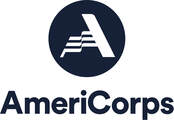|
By Hailey Horn, Preserve WV AmeriCorps with the Clio At the beginning of my service year, I was extremely confident that I could cover, at the very least, one historic landmark in every county of West Virginia. That soon proved to be difficult, and most likely unrealistic, as I became obsessed with each community I was researching, and had to force myself to move on to the next before getting lost in studies that could easily take up all of my 1750 hours. I determined my research area upon importance: which area of the state PAWV or Clio was presenting in, the hometowns of gracious donators, or areas that needed serious improvements. After a couple of months into my service year, I found myself writing about a city that I thought I knew like the back of my hand and quickly learned that I was completely ignorant about the history of a place I have called home the past five years: Huntington, WV. When outsiders think of Huntington, their minds drift towards Marshall University, and for good reason. Marshall University is arguably the reason why Huntington was such a successful railroad boomtown in the early 1900s, and the reason why we have such a vast array of nationally designated historical landmarks. However, when people visit Huntington because of Marshall University, those landmarks are often overlooked as people visit the campus and do not realize that there is a historical treasure chest less than a mile away. Let’s be real, there are very few people who think to look at the National Register of Historic Places and take time out of their day to appreciate historical architecture. Luckily, I have become part of a project that connects the entire history of Huntington on one platform and allows everyone to become spectators of yesteryear.
Clio allows outsiders and community members alike to learn their local history by helping them understand how their city has developed over time, and explaining why an “old building” is so much more than just that. My project of improving content along the Downtown Huntington Walking Tour has pieced together the puzzle that is Huntington’s history, allowing users to see the bigger picture. Once users take both the Downtown Huntington Walking Tour and the Marshall University History Tour, they understand how one area of Huntington is dependent upon the other and could not have developed or survived without each other. These tours have helped various local institutions, such as the Cabell-Huntington Convention & Visitors Bureau, Marshall University, as well as the Herald Dispatch, and given them an educational tool to tell the complete story of Huntington, WV. The president of the local CVB, Tyson Compton, is an avid user and supporter of Clio, “Too often, I think people tend to take the community in which they live for granted. Because we grow up being familiar with the area, we don’t always see the value or the rich history. Clio helps us to see that history in a different, and exciting, way. I think the fact that you are getting much of that information right at the site of the location or event, that it has a greater impact and helps the user to connect with it in a deeper way. West Virginia is the only state that is completely in Appalachia. Of course there have been many negative stories written about Appalachia, but we have such a rich history of people who had to struggle to form the state and create livable communities. These folks had to be strong just to survive! When you look at that perseverance and begin to think about who these people were, you get a better sense of how we might build on that to make a better place to live today. I see a lot of that in the movement back to locally sourced foods and sustainability.” I represented Clio at History Day this year at the West Virginia State Capitol, and was pleasantly surprised at how many people stopped by our table and testified about how Clio helped them learn new and credible information about a place in which they were self-proclaimed experts. A woman, who had no idea who I was or that I had written most of the content in Huntington, told me that she was a Marshall alum and had recently visited Huntington and utilized the Downtown Huntington Walking Tour. She was extremely impressed with the tour, learned new information, and went home to tell her friends to download the app! A reporter for the Herald-Dispatch, Lacie Pierson, recently used the app on a trip out of state, and wrote an article about Clio upon her return that incorporates quotes from the creator, the AmeriCorps member, the developers, and the President of Marshall University: http://www.herald-dispatch.com/features_entertainment/new-clio-app-brings-instant-link-to-history/article_1a290890-0436-57cf-b2a4-ea30ea3e490f.html. A popular blog, Appalachian History, managed by Dave Tabler, has also had positive comments about the app. It is safe to say that through my work in the town I call home, I have turned Huntington into a museum of sorts, and have created a model of Clio’s potential. My AmeriCorps service differs from the other Preserve WV members’, in a way that I am serving and representing every single West Virginian through my site, as opposed to serving a single institution or area. I have created content all over the state of West Virginia, however I am only one person. I put the responsibility upon myself to educate all of West Virginia, in hopes to create a more complete history that is inclusive of all backgrounds, genders, races, and financial standings by providing a basis for local institutions to create content and tours throughout the state. Clio is a platform that combines technology, tourism, and education: three industries that are developing the future of West Virginia. I am so excited to be part of a project that is a positive product of the state I am proud to call home, and can’t wait to watch Clio become just as popular nationwide as it is in West Virginia. Comments are closed.
|
Preserve WV StoriesCategories
All
Archives
August 2023
|
Get Involved |
Programs |
Contact UsPreservation Alliance of West Virginia
421 Davis Avenue, #4 | Elkins, WV 26241 Email: [email protected] Phone: 304-345-6005 |
Organizational Partners:
© COPYRIGHT 2022 - PRESERVATION ALLIANCE OF WEST VIRGINIA. ALL RIGHTS RESERVED.

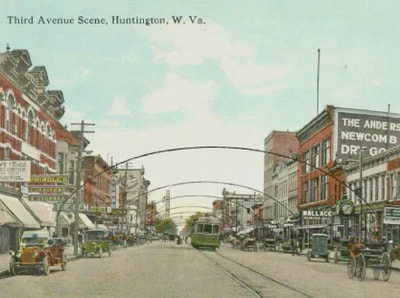
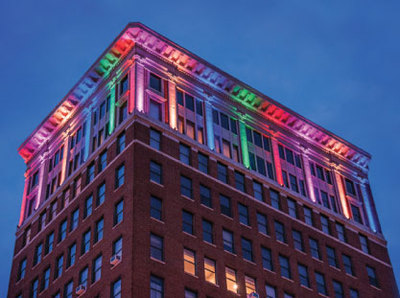
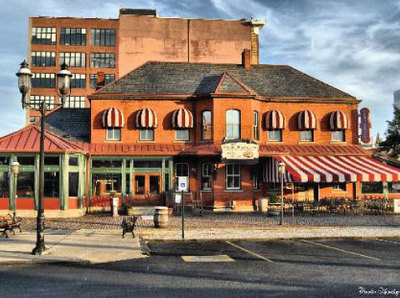
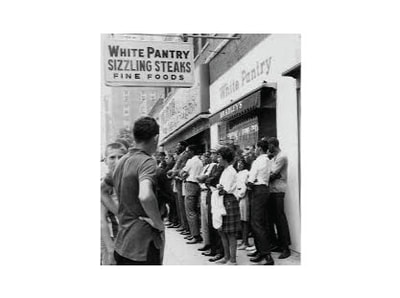
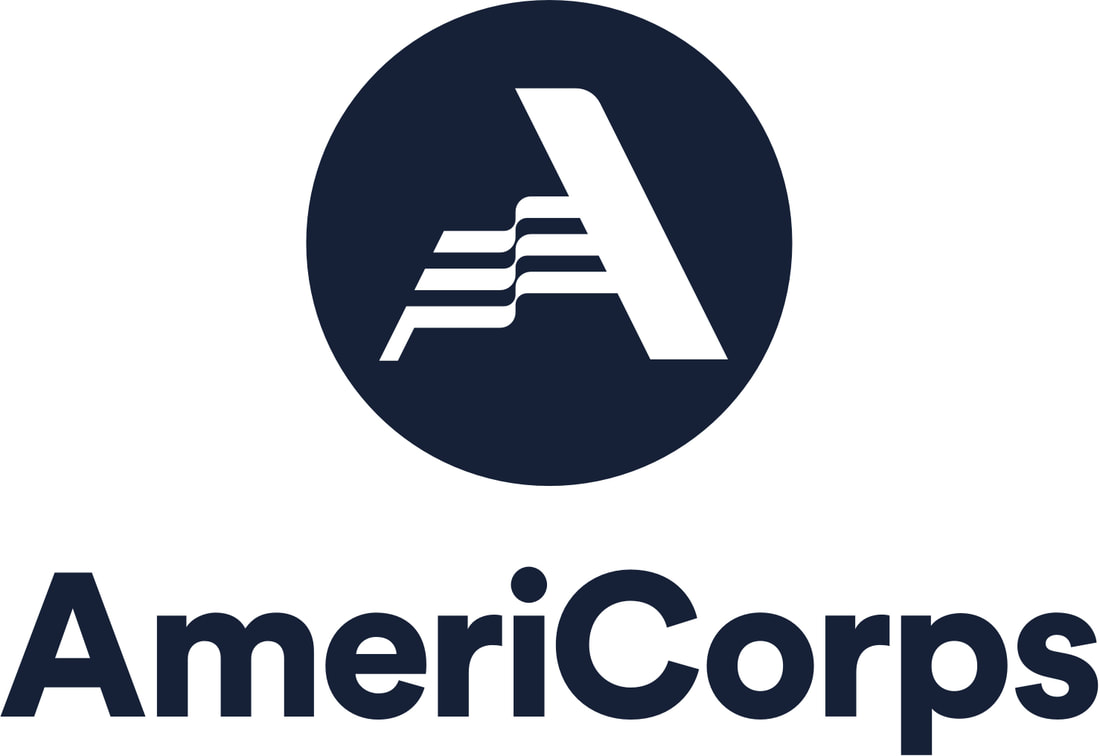
 RSS Feed
RSS Feed

